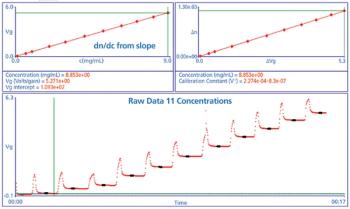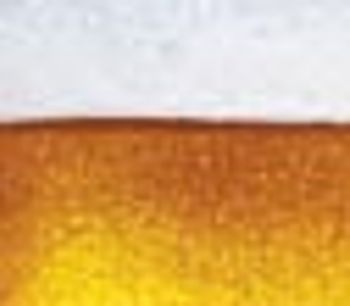
The Column
Scientists from SGC Environmental Services in Wilmington, North Carolina, USA, have demonstrated the development and validation of a method for the analysis of five persistent organic pollutants (POPs) from 50 ?L dried blood spots. The work was presented as a poster at Dioxin 2014, held in Madrid, Spain, from 31 August to 5 September.




